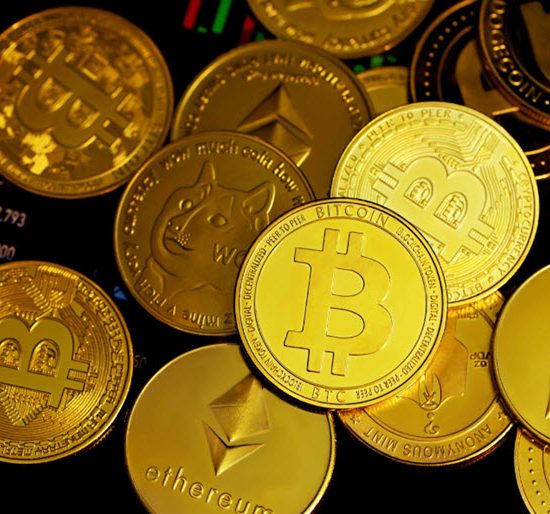Oil speculators are buying options contracts that will only pay out if crude drops to as low as $15 a barrel next year, the latest sign some investors expect an even deeper slump in energy prices.
The bearish wagers come as OPEC’s effective scrapping of output limits, Iran’s anticipated return to the market and the resilience of production from countries such as Russia raise the prospect of a prolonged global oil glut.
“We view the oversupply as continuing well into next year,” Jeffrey Currie, head of commodities research at Goldman Sachs Group Inc., wrote in a note on Tuesday, adding there’s a risk oil prices would fall to $20 a barrel to force production shutdowns if mild weather continues to damp demand.
The data, which only cover options deals that have been put through the U.S. exchange or cleared, is viewed as a proxy for the overall market and volumes have increased this week as oil plunged. Investors can buy options contracts in the bilateral, over-the-counter market too.
Investors have bought increasing volumes of put options that will pay out if the price of WTI drops to $20 to $30 a barrel next year, the data show. The largest open interest across options contracts — both bullish and bearish — for December 2016 is for puts at $30 a barrel.
The number of outstanding contracts — or open interest — below $30 a barrel is relatively small. But the open interest for June 2016 put options at $25 a barrel has nearly doubled over the last week.
Investors buy put options not only to bet that prices will drop, but they also take them as insurance. For example, long-only equity investors, which buy the stock of companies such as Exxon Mobil Corp. and Royal Dutch Shell Plc, often hedge their portfolios by buying put options that will profit if prices drop.
WTI fell below $34 a barrel on Monday, approaching an 11-year low. On Tuesday, U.S. oil futures for February delivery rose to as high as $36.26 a barrel. In London, benchmark Brent crude plunged to $36.04 on Monday, its lowest since 2004, before rebounding to as high as $36.72 a barrel on Tuesday.
“Overall it’s still very bearish,” Gareth Lewis-Davies, a London-based energy strategist at BNP Paribas SA, said.-Bloomberg



![dubai flood is artificial rain behind uaes rare torrential weather[1]](https://thearabianpost.com/wp-content/uploads/2024/04/dubai-flood-is-artificial-rain-behind-uaes-rare-torrential-weather1-e1713378975696-550x550.jpg)


![2022 09 27T183330Z 84178340 RC2RJV9S1G6M RTRMADP 3 SAUDI POLITICS[1]](https://thearabianpost.com/wp-content/uploads/2024/04/2022-09-27T183330Z_84178340_RC2RJV9S1G6M_RTRMADP_3_SAUDI-POLITICS1-e1712223217759-550x550.jpg)

